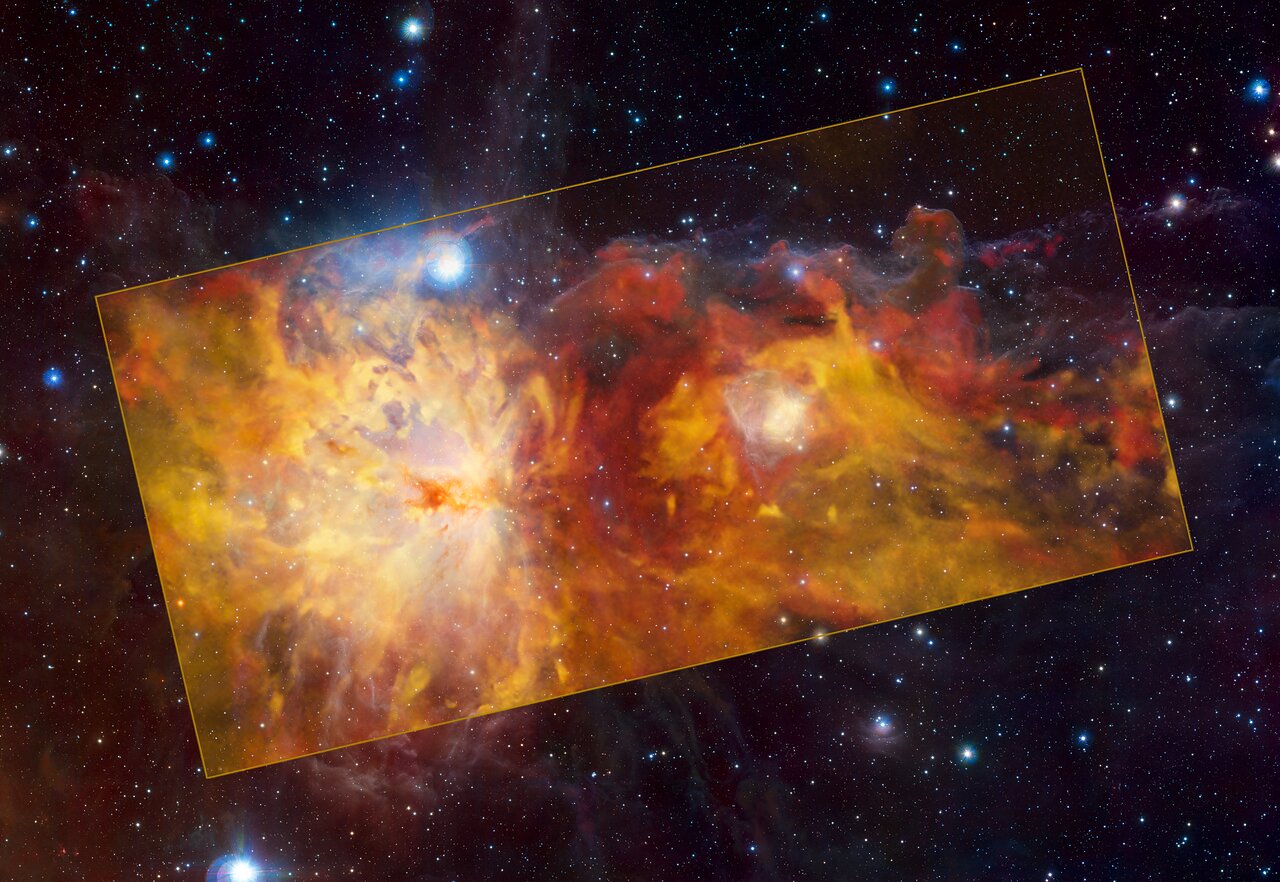By 2050, sea level along contiguous U.S. coastlines could rise as much as 12 inches (30 centimeters) above today’s waterline, according to researchers who analyzed nearly three decades of satellite observations. The results from the NASA Sea Level Change Team could help refine near-term projections for coastal communities that are bracing for increases in both catastrophic and nuisance flooding in coming years.
Global sea level has been rising for decades in response to a warming climate, and multiple lines of evidence indicate the rise is accelerating. The new findings support the higher-range scenarios outlined in an interagency report released in February 2022.
That report, developed by several federal agencies – including NASA, the National Oceanic and Atmospheric Administration (NOAA), and the U.S. Geological Survey – expect significant sea level rise over the next 30 years by region. They projected 10 to 14 inches (25 to 35 centimeters) of rise on average for the East Coast, 14 to 18 inches (35 to 45 centimeters) for the Gulf Coast, and 4 to 8 inches (10 to 20 centimeters) for the West Building on the methods used in that earlier report, a team led by scientists at NASA’s Jet Propulsion Laboratory in Southern California leveraged 28 years of satellite altimeter measurements of sea surface height and correlated them with NOAA tide gauge records dating as far back as 1920. By continuously measuring the height of the surrounding water level, tide gauges provide a consistent record to compare with satellite observations.
The researchers noted that the accelerating rate of sea level rise detected in satellite measurements from 1993 to 2020 – and the direction of those trends – suggest future sea level rise will be in the higher range of estimates for all regions.
The trends along the U.S. Southeast and Gulf coasts are substantially higher than for the Northeast and West coasts, although the range of uncertainty for the Southeast and Gulf coasts is also larger. This uncertainty is caused by factors such as the effects of storms and other climate variability, as well as the natural sinking or shifting of Earth’s surface along different parts of the coast.
Learn more online at: https://sealevel.nasa.gov/newsletter_signup?email=


